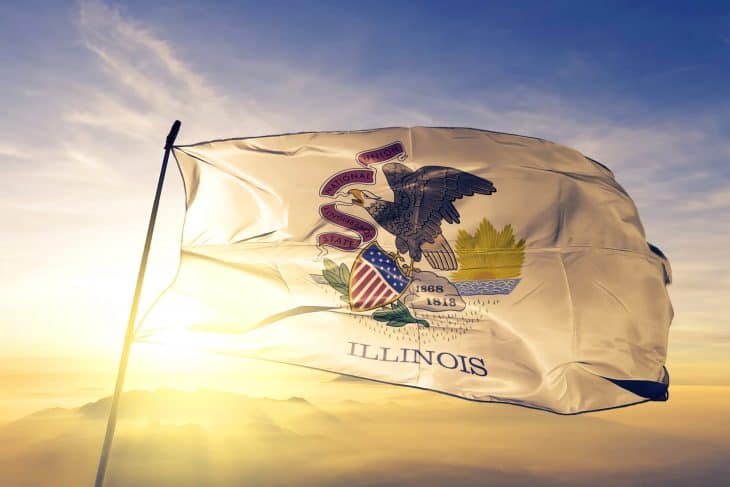
Illinois makes up one of the most historic states in the USA. It’s also among the richest, and most productive states in the country. Learn more about Illinois with these 70 Illinois facts.
Quick Facts
Essential Facts
Interesting Facts
- Illinois covers an estimated area of 150,000 km².
- Water makes up an estimated 6000 km² of Illinois or an estimated 4%.
- The state has an estimated population of 12.81 million people.
- This gives it a population density of 89 people for every km².
- At its lowest point at the Mississippi and Ohio Rivers, Illinois has an estimated elevation of 85 meters above sea level.
- Humans first arrived in what would become Illinois around 7,000 years ago.
- The Mississippian Civilization had its center in Illinois between the 13th and 15th centuries.
- Resource depletion and war caused the civilization’s collapse during the 15th century.
- French explorers first reached Illinois during the late-17th century.
- The British reserved the area for Native Americans during that same time.
- The US government later formed the Illinois Territory in 1809.
- Illinois became the 21st US state nine years later in 1818.
- The state remained loyal to the Union during the American Civil War.
- Industry boomed in Illinois during the 20th century.
- Nuclear science also flourished in the state during that time.
- The state has the nicknames of Land of Lincoln and the Prairie State.
- Illinois has Springfield as its capital, but Chicago actually stands as its biggest city.
- The state falls in the USA’s Central Time Zone, or GMT-6.
- Illinois actually has the 5th largest GDP out of any US state.
- Statisticians actually consider Illinois as a microcosmic representation of the USA as a whole.
Table of Contents
Was this page helpful?
Our commitment to delivering trustworthy and engaging content is at the heart of what we do. Each fact on our site is contributed by real users like you, bringing a wealth of diverse insights and information. To ensure the highest standards of accuracy and reliability, our dedicated editors meticulously review each submission. This process guarantees that the facts we share are not only fascinating but also credible. Trust in our commitment to quality and authenticity as you explore and learn with us.


